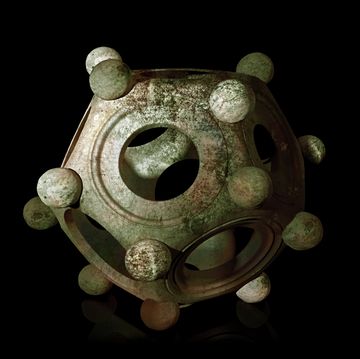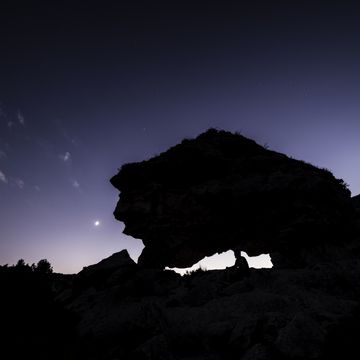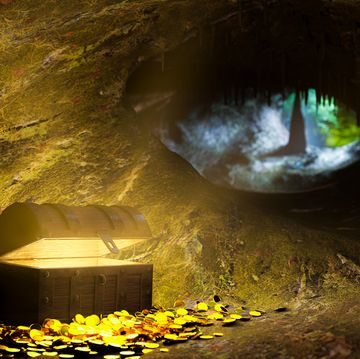- Doggerland is an ancient landmass submerged under what is now the North Sea, a large body of water among England, Denmark, and Norway
- Scientists are now analyzing magnetic field data gathered from magnetometers to explore this ancient landmass and to search for evidence of our Mesolithic ancestors
- The scientists are racing against time as interest is growing in both sea mining and construction offshore wide farms in the North Sea
Welcome to Doggerland. Few have ever heard of it, and you won’t exactly find it on a map. That’s because Doggerland has been submerged under the North Sea—the large body of water nestled among the U.K., Denmark, and Norway—for some 8,200 years.
Back then, instead of glimpsing a great expanse of water, Mesolithic ancestors standing on the “shores” of eastern England would instead glimpse gently rolling hills, wooded valleys, and swampy lagoons. In other words, a fertile era capable of hosting an ancient human civilization.
Scientists would love to understand more about these possible ancient civilizations that called Doggerland home, but marine archeology is notoriously difficult. While you might think scientists have time on their side, the explosion of interest in seabed mining—and in the case of the North Sea, wind farm construction—could place these fragile areas of human history at risk.
So scientists at the University of Bradford in the U.K. are turning to a novel method in marine archaeology and analyzing magnetic fields in the hopes of discovering mysteries of human activity in Doggerland. The researchers describe the area as “amongst the most resource-rich and ecologically dynamic areas during the later Paleolithic and Mesolithic periods,” so there could be a lot to discover along the seabed
“Small changes in the magnetic field can indicate changes in the landscape, such as peat-forming areas and sediments, or where erosion has occurred, for example in river channels,” says University of Bradford Ph.D. student Ben Urmston in a statement. “As the area we are studying used to be above sea level, there’s a small chance this analysis could even reveal evidence for hunter-gatherer activity.”
Urmston will be analyzing magnetic data gathered by Royal Haskoning, a survey firm that’s been exploring the North Sea as part of an environmental impact assessment for future green energy initiatives. This data is collected using magnetometers, which are torpedo-shaped instruments usually towed behind a ship that leverages an atomic physics principle known as the Overhauser effect to record magnetic fields along the ocean floor.
This technique is often used to find shipwrecks of iron ore deposits, but Urmston hopes to pick up the existence of things like middens, which are essentially trash dumps filled with bone and other biological material that could give an intimate snapshot of how Mesolithic Doggerlanders lived.
The team stresses that it doesn’t want to interrupt or delay any much-needed green energy initiatives in the North Sea, but hopes to develop methods to responsibly construct these projects. After all, there might still be many archeological treasures still hiding along the submerged valleys and rolling hills of Doggerland.
📧 To always be in the know, sign up for our free newsletter
Darren lives in Portland, has a cat, and writes/edits about sci-fi and how our world works. You can find his previous stuff at Gizmodo and Paste if you look hard enough.













